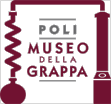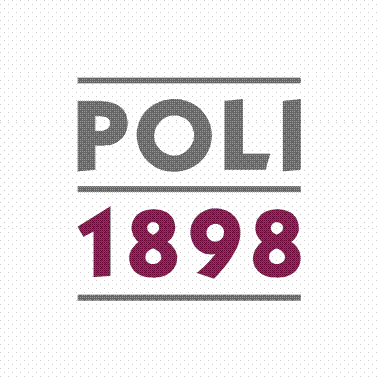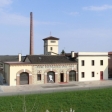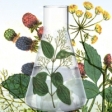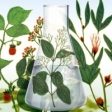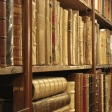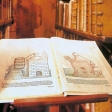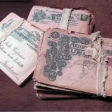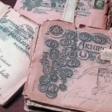The Modern Age
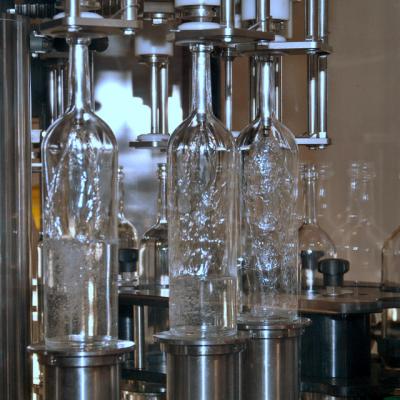
One legendary alchemist is considered to be the link between medieval alchemy and Renaissance medical chemistry: Theopharst Bombast von Hohenheim, also called Paracelso (1493-1541). He was the first to use the term alcohol, with the meaning of excellent refinement, as a synonym for wine spirit or aqua ardens.
At the end of the 16th century the Vicenza doctor and chemist Angelo Sala (1576 - 1637) devoted himself to the distillation of spirits. His studies on the formation of alcohol by fermenting musts stimulated the work of other scientists.
Some publications also mention that the German Jesuit, Athanasius Kircher, carried out studies on marc as a source for alcohol and wrote about this to his Brescian confraternity brother Francesco Terzi Lana (1631 – 1687). However, such claims were never demonstrated with tangible proof.
Another important stage in the history of Grappa is marked by the Catalan Jesuit, Miguel Agustin, prior of the temple of Saint Jean de Perpignan. In 1617 he described a still suitable for obtaining aqua-vitae from wine as well as marc.
A big discovery occurred in 1680 when, on carrying out observations with a rudimentary microscope, the scientist Leeuwenock recognised the existence of yeasts, which are single-cell organisms that convert sugar into alcohol.
In the second half of the 18th century, the French chemist Lavoisier accurately identified the substances produced by the fermentation of sugars, thus opening the doors to a wider field of research.
